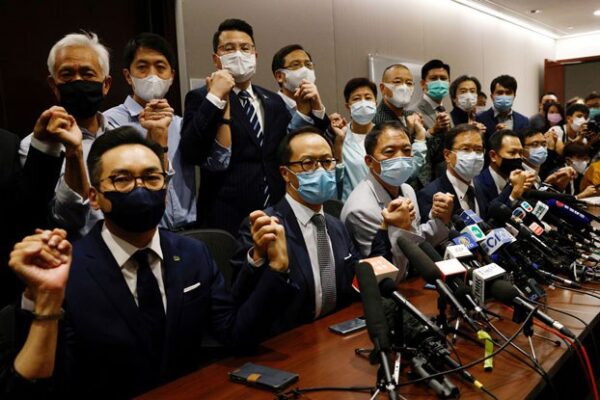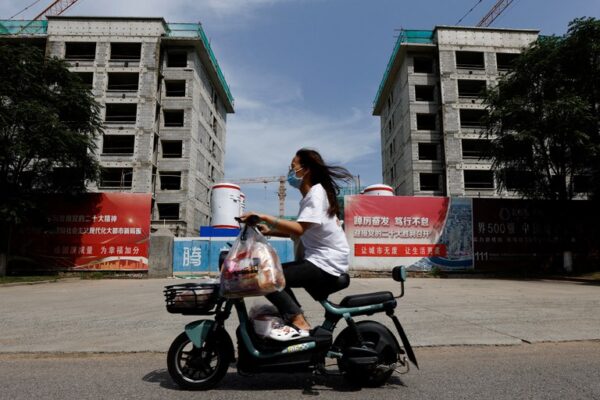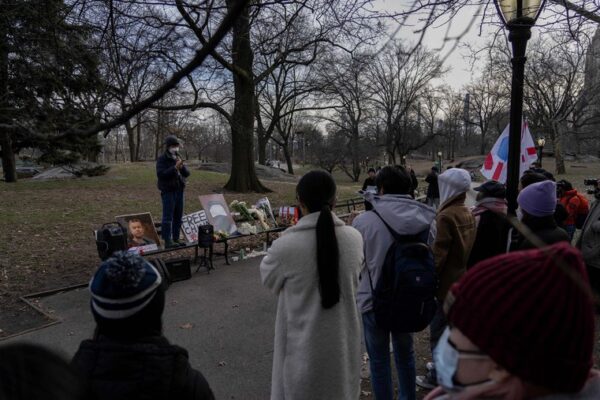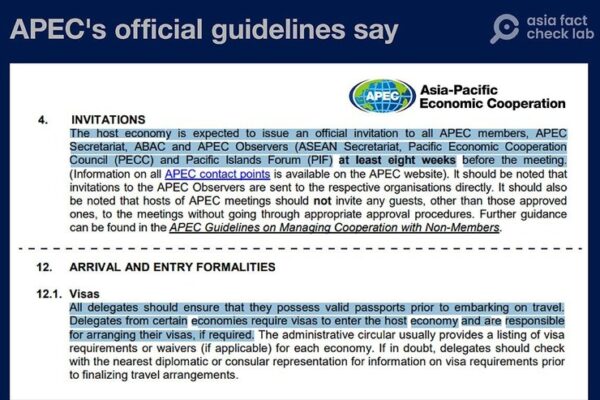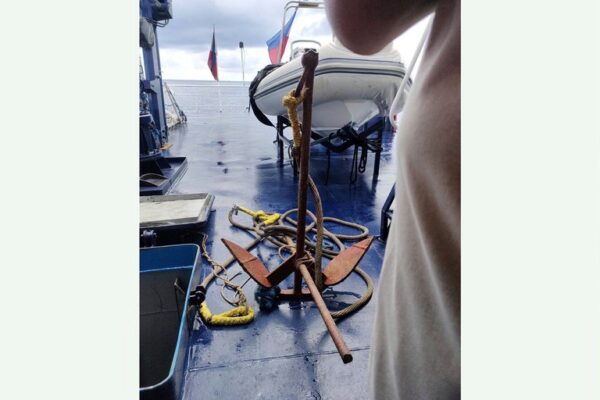
Manila rejects Beijing’s account of sea encounter
Manila for the second time this month has dismissed China’s version of a military encounter near the disputed Scarborough Shoal in the South China Sea. On Monday the Chinese military said it had monitored and warned off a Philippine warship that it accused of “trespassing” into the waters around the Scarborough Shoal. Senior Col. Tian Junli, the spokesperson for China’s Southern Theater Command, said in a statement that the Philippine frigate “intruded into the waters adjacent to China’s Huangyan Dao without the approval of the Chinese government,” referring to the shoal by its Chinese name. He said the naval and air forces of the Command “tracked, monitored, warned, and restricted the Philippine military vessel according to law.” On Tuesday, Philippine authorities responded with their own version of the incident. National Security Adviser Eduardo M. Año said the Navy’s BRP Conrado Yap (PS-39) “conducted routine patrol operations in the general vicinity of Bajo de Masinloc (Scarborough Shoal) without any untoward incident.” “China is again over hyping this incident and creating unnecessary tensions between our two nations,” Año said. This is the second time in three weeks that China claimed that Manila “violated China’s sovereignty over the reef” and that Chinese law enforcement forces drove Philippine ships away. Both times, the Philippines dismissed China’s claims and insisted that under international law, the Philippines had every right to patrol the area. Test of U.S. commitment “Such incidents will re-occur with increased frequency,” said Carlyle Thayer, a veteran political analyst based in Canberra, Australia. China seized Scarborough Shoal after a standoff with the Philippines in 2012 and has maintained control over it since. Manila brought Beijing to an international tribunal over its claims in the South China Sea, including of the islands, and won but China has refused to accept the 2016 ruling. “China considers Philippine vessels’ activities near the shoal a violation of China’s sovereignty and will react strongly every time,” said Thayer, adding “Beijing doesn’t want to be seen as weak.” This undated photo provided on Sept. 26, 2023, by the Philippine Coast Guard shows the anchor used to hold the floating barrier which was removed by a coast guard diver, in the Scarborough Shoal. Credit: Philippine Coast Guard via AP Another South China Sea scholar, Hoang Viet from the Ho Chi Minh City University of Law, said that the recent rapprochement between the Philippines and the United States under current Philippine President Ferdinand Marcos Jr. has also contributed to China’s ramped up response. In February, Manila granted the U.S. access to four more military bases in the country. “China wants to warn those countries which, in its opinion, are seeking to move closer to the U.S.,” Viet said. “With such incidents, Beijing also wants to test Washington’s commitment in the region, especially as the U.S. is being drawn into so many global conflicts and crises,” the analyst said. The U.S. has repeatedly stated that Article IV of the 1951 U.S.-Philippines Mutual Defense Treaty extends to armed attacks on Philippine armed forces, public vessels, and aircraft – including those of its Coast Guard – anywhere in the South China Sea. For its part, Manila has “embarked on a tactic of assertive transparency,” as noted by Ray Powell from Stanford University’s Gordian Knot Center for National Security Innovation. That means incidents in disputed waters are being reported in a timely and transparent manner. In late September, the Philippines said China had installed a 300-meter (984-foot) floating barrier to block Philippine fishermen from accessing the waters around the shoal. The Philippine coast guard carried out a “special operation” to cut the barrier and remove its anchor. Jason Gutierrez in Manila contributed to this article. Edited by Mike Firn and Taejun Kang.


